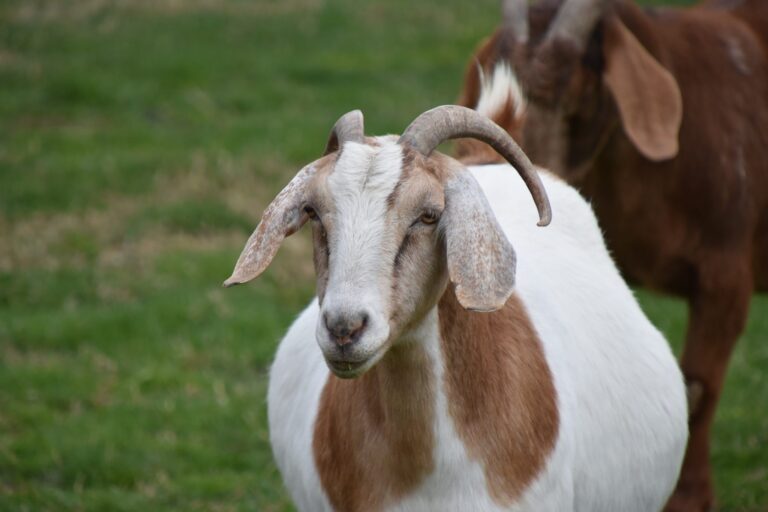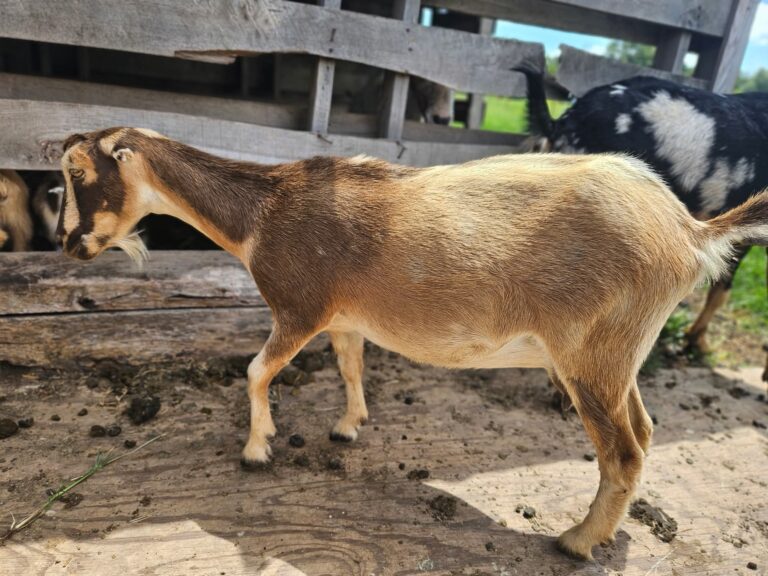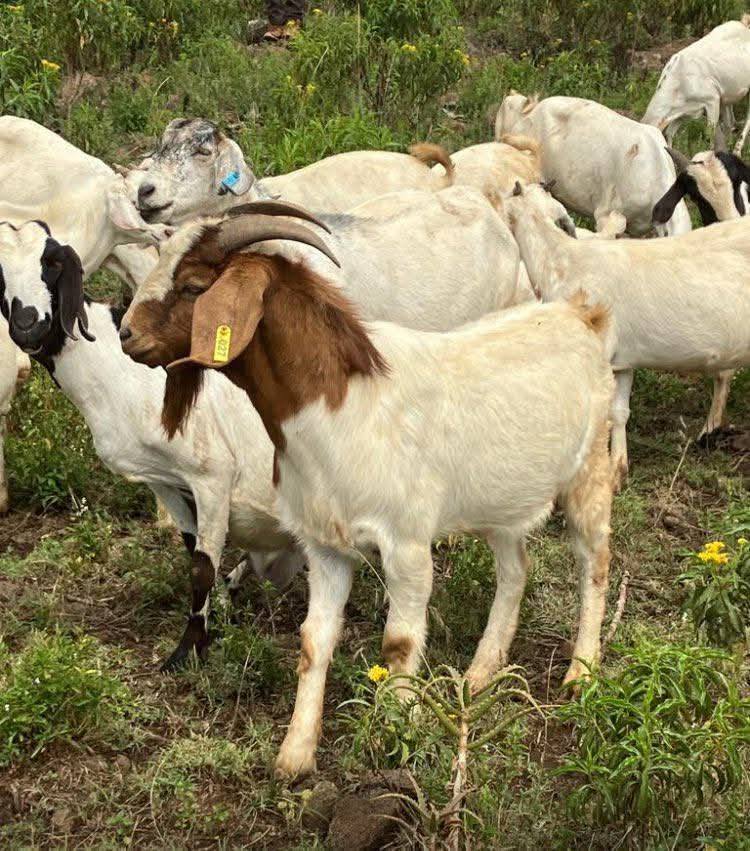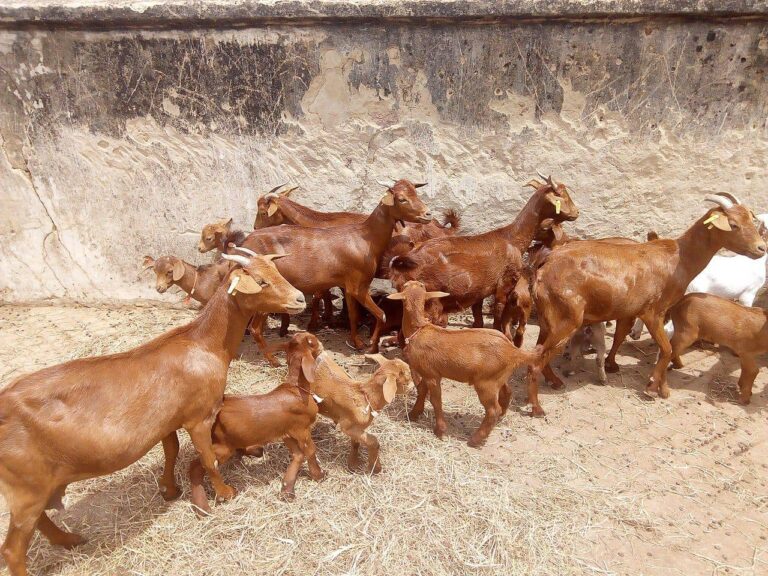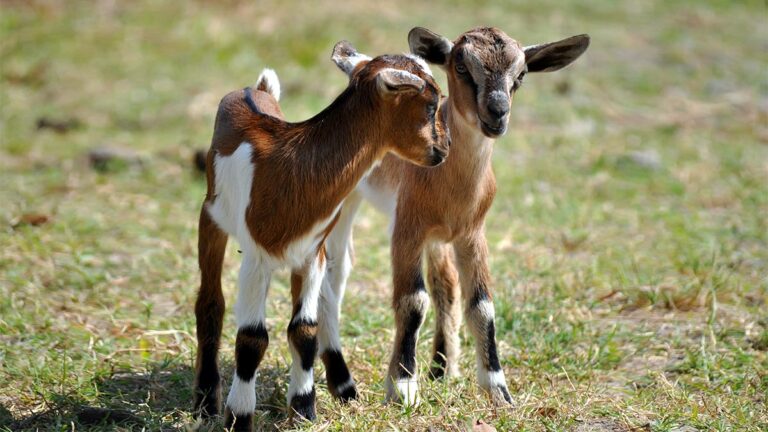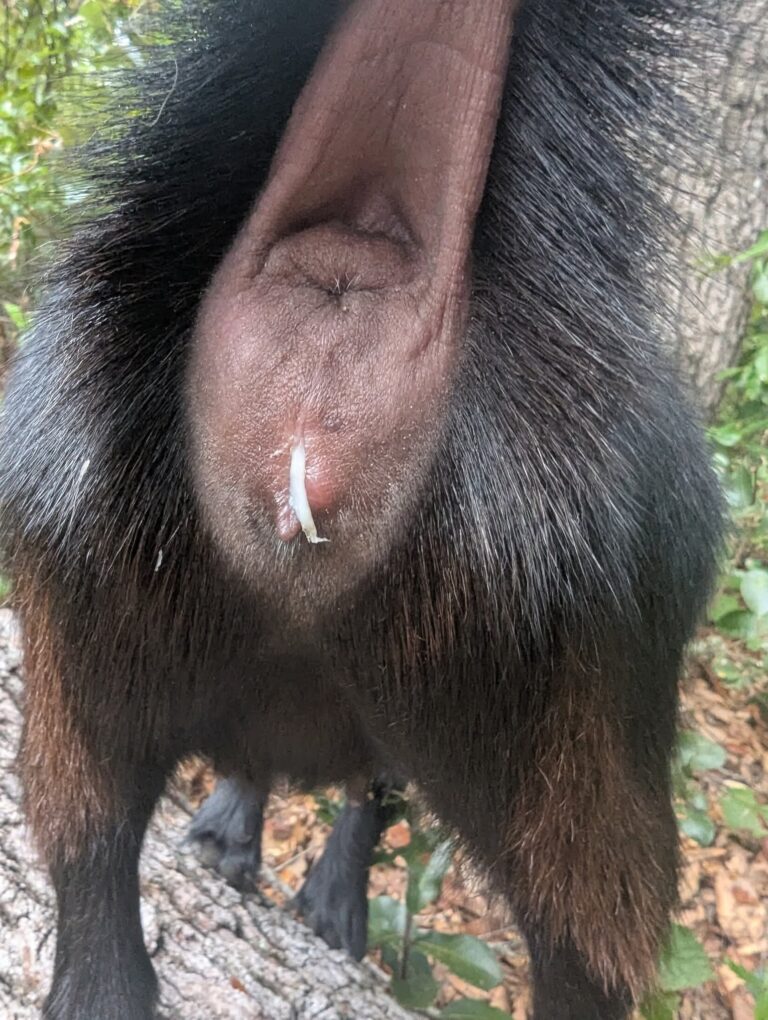As an experienced livestock farmer with over two decades of hands-on work raising goats across various Australian landscapes, I’ve learned that healthy hooves are the foundation of a thriving herd. Goat hoof trimming is a critical practice that directly impacts mobility, prevents infections, and ensures overall animal welfare.
In Australia, where our diverse climates range from wet coastal regions to dry inland areas, improper hoof care can lead to serious issues like lameness or foot rot, costing farmers time and money. This is why it is important to understand the balance between doing it yourself and hiring professionals for sustainable goat farming.
Drawing from my years as an agricultural educator, I’ll share practical insights to help you make informed decisions.
In the first few months of starting my own goat herd back in the early 2000s, I quickly realized how overgrown hooves could turn a spirited Boer doe into a limping shadow of herself, refusing to graze properly and losing condition rapidly. This personal lesson underscores the importance of timely trimming, as recommended by global bodies like the Food and Agriculture Organization (FAO), which emphasizes regular hoof maintenance to support livestock productivity in varying environments.
According to FAO guidelines on small ruminant health, neglecting hooves in humid conditions can exacerbate bacterial infections, reducing feed intake by up to 20 percent and impacting milk or meat yields.
Similarly, the World Organisation for Animal Health (WOAH, formerly OIE) highlights in its Terrestrial Animal Health Code that proper foot care prevents the spread of contagious diseases like foot-and-mouth, though in Australia, our focus is more on endemic issues like footrot.
To avoid lameness in goats, it is advisable to trim their hooves every 6-8 weeks, a standard I’ve adapted successfully to our local conditions.
Prioritizing these practices means safeguarding our goats’ well-being and aligning with verifiable, science-backed advice that promotes ethical farming.
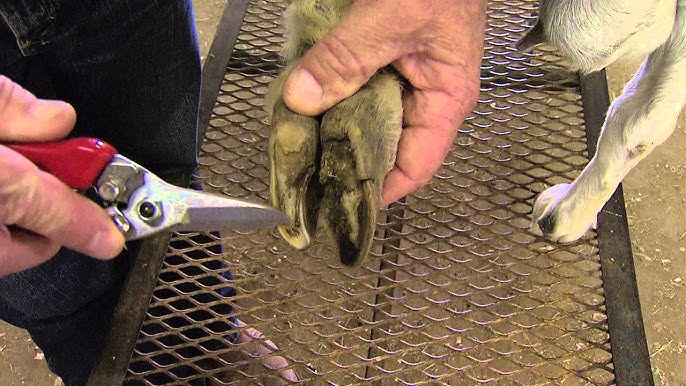
Goat Hoof Anatomy and Growth Patterns
Goat hooves, like those of other cloven-footed animals, consist of a hard outer wall, a softer sole, and sensitive inner tissues that require careful handling during trimming.
The hoof wall grows continuously from the coronary band at the top, much like a fingernail, at a rate influenced by diet, terrain, and season.
During wetter months, such as our summer rains, growth accelerates due to softer ground that doesn’t naturally abrade the hooves, leading to overgrowth if not addressed.
The two toes on each hoof must remain balanced, with the walls level to the sole to prevent unnatural pressure on the pastern and knees.
From an educational standpoint, explaining this anatomy to new farmers helps them appreciate why improper trimming can distort the goat’s natural stance.
For instance, in rocky outback areas like those I’ve farmed in Western Australia, hooves wear down more evenly, requiring less frequent intervention compared to softer, irrigated pastures in the Murray-Darling Basin.
Apparently, unbalanced hooves can lead to joint strain, a risk heightened in Australia’s variable climates where goats might alternate between dry bush and muddy yards. In one scenario from my early days, a neglected herd on clay soils developed curled toes, forcing the animals to walk on their heels and causing early arthritis; issues that could have been avoided with basic anatomical awareness.
Always aim for a flat sole parallel to the hairline above the hoof, as this promotes even weight distribution and reduces lameness risks.
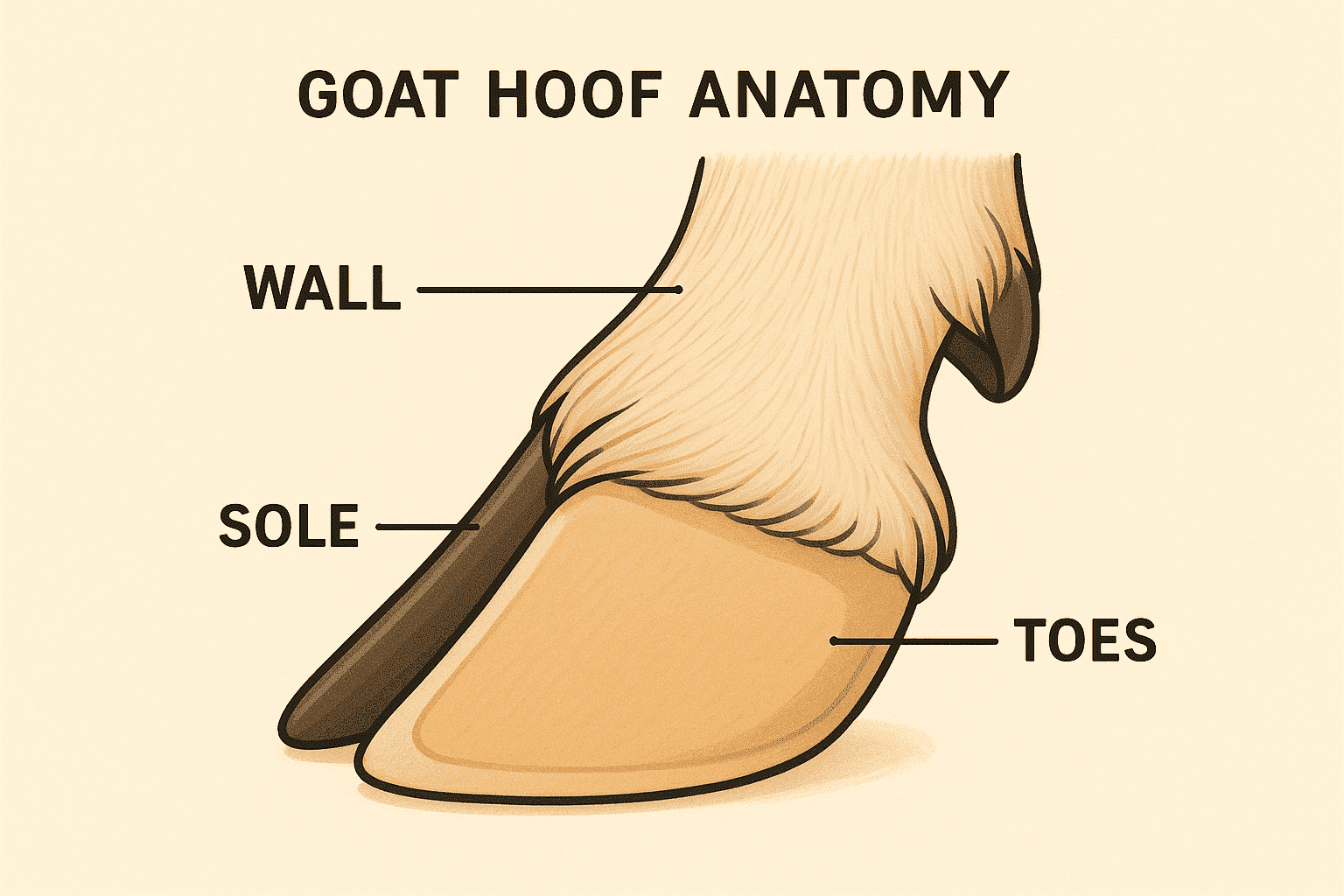
Transitioning from anatomy to practical application, knowing these basics sets the stage for deciding whether to handle trimming yourself or seek professional help, especially considering Australia’s biosecurity regulations that emphasize disease prevention through vigilant hoof care.
The Importance of Regular Goat Hoof Trimming
Maintaining a schedule for goat hoof trimming is non-negotiable for preventing health complications that can ripple through an entire herd. Consistent trims (every 6-8 weeks in softer terrains) keep goats agile and productive, and minimizes infection risks.
Overgrown hooves trap moisture and debris, creating ideal conditions for foot scald or rot, which are major welfare concerns in tropical and subtropical regions like northern Australia, where humidity can exacerbate bacterial growth.
During a particularly wet season on my Victorian property, irregular trimming led to a outbreak affecting 15 percent of my does, resulting in reduced foraging and a 10-15 percent drop in body condition scores before I intervened.
Beyond immediate health, regular trimming supports long-term productivity; lame goats consume less feed, impacting weight gain in meat breeds or milk yield in dairy ones.
Proactive foot care enhances biosecurity, crucial in Australia where foot-and-mouth disease remains a notifiable threat, though routine trimming helps detect early signs of other issues like abscesses.
In free-range systems I’ve managed in South Australia, natural wear from scrubland reduced trimming needs to quarterly, but intensive setups demanded monthly checks to avoid joint deformities.
With the right herd health protocols, farmers can avert costly veterinary bills and ensure compliance with Australian animal welfare standards.
This emphasis on regularity naturally leads us to explore the hands-on approach of DIY trimming, where many Australian smallholders start to build their skills while keeping costs low.
DIY Goat Hoof Trimming: Step-by-Step Guide
Embarking on DIY goat hoof trimming empowers farmers to take control of their herd’s health, especially in remote Australian areas where professional services might be scarce.
From my experience educating new producers through local agricultural workshops, starting with the right tools (a sharp pair of hoof shears like the Bainbridge Superior model, costing around AUD 80-100) and a sturdy milking stand is essential for safety and efficiency.
Begin by securing the goat in the stand with a treat like lucerne hay to minimize stress, then gently lift the front leg at the pastern, bending the knee naturally to expose the hoof without twisting, which could cause imbalance.
Clean the hoof thoroughly with a pick to remove dirt, as per best practices from extension services, before trimming the outer walls level with the sole, aiming for a boxy shape that mirrors the newborn kid’s hoof for optimal alignment.
In one hands-on session with a group in rural Queensland, participants learned to trim small amounts iteratively (about 1-2 mm per side) to avoid nicking the sensitive pink tissue, a common error that leads to bleeding and infection risks.
For rear legs, straddle the goat if needed, but always work from the back to front, filing edges with a rasp for smoothness. This method ensures hooves parallel the hairline, promoting even wear in Australia’s varied terrains.
After trimming, inspect for cracks or signs of scald, disinfecting with a zinc sulfate solution if necessary to prevent bacterial entry.
In my early DIY days on a small acreage, this routine not only saved on vet calls but built confidence, though I always advise beginners to practice on calmer animals first.
While DIY is cost-effective, transitioning to professional services becomes appealing for larger herds or complex issues.
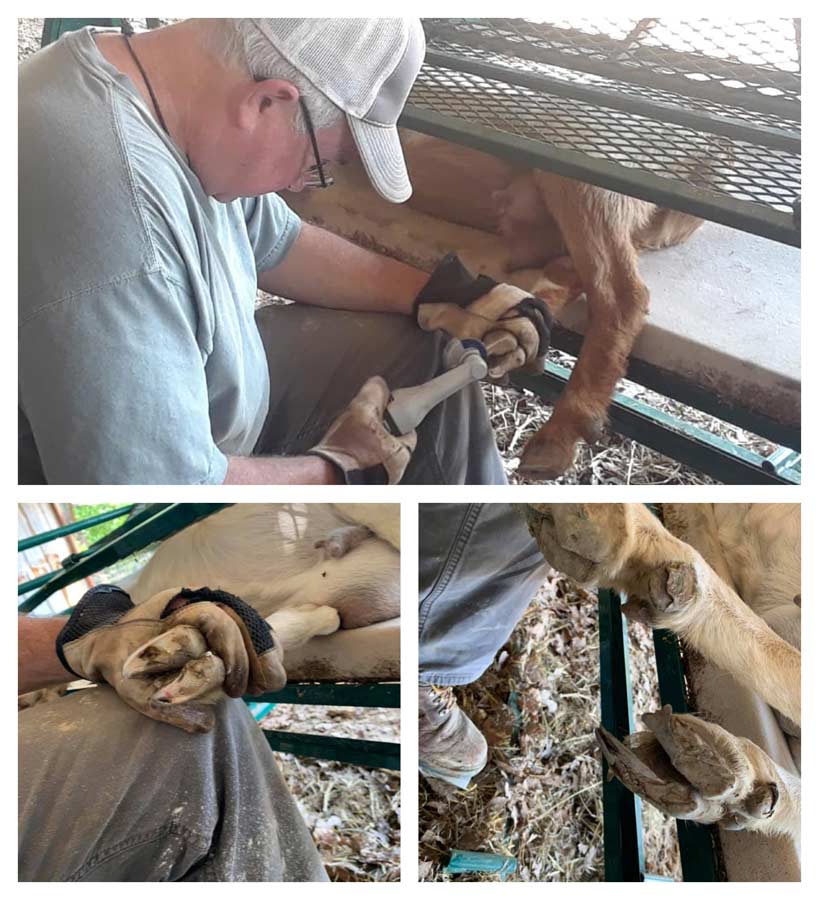
Tools and Techniques for Effective Trimming
Selecting the right tools transforms goat hoof trimming from a chore into a precise task, particularly in Australia’s harsh conditions where dusty or muddy hooves demand durable equipment.
Over years of trial on my properties, I’ve found serrated hoof shears, such as those from Premier1 Supplies at around AUD 25-45, ideal for gripping without slipping on overgrown walls, outperforming basic pruning shears that dull quickly on tough keratin.
Pair these with a hoof pick for debris removal and a rasp for smoothing, ensuring cuts are even to avoid pressure points that could lead to lameness.
Techniques vary by system; in intensive setups like those in Tasmania’s dairy regions, use a stand for stability, trimming in small increments to prevent over-cutting, which risks exposing sensitive laminae and inviting infection. For free-range goats in arid zones, focus on corrective angles to counteract uneven wear from scrub.
Veterinarian bodies recommend post-trim disinfection with 10 percent zinc sulfate to combat footrot in wetter areas, a step I’ve incorporated after a humid season outbreak.
Always wear gloves to protect against cuts, and sharpen tools regularly; dull blades tear rather than cut, increasing injury risk.
These methods, honed through practical application, ensure safe, effective care tailored to Australian contexts.
Building on these tools, let’s examine the financial side of DIY versus calling in experts, a decision that hinges on herd size and location.
Costs of DIY Goat Hoof Trimming
Opting for DIY goat hoof trimming offers substantial savings for Australian smallholders, with initial tool investments like a basic shear set at AUD 30-50 from local suppliers like Goat Supplies Australia, recouping costs after just a few sessions.
In my operations, where I’ve trimmed hundreds of hooves annually, the ongoing expense is minimal—perhaps AUD 10 yearly for sharpening and disinfectant—compared to professional fees, making it ideal for herds under 20.
Time is the real investment; a single goat takes 10-15 minutes, but efficiency improves with practice, as I’ve taught in community workshops.
However, factor in indirect costs like potential vet bills from mistakes; nicking the quick might require antibiotics at AUD 20-50 per dose.
For beginners in remote areas like outback NSW, this approach builds skills while keeping budgets under AUD 100 annually.
Yet, as herds grow, the labor scales, prompting many to weigh professional alternatives for reliability.
This cost analysis paves the way for understanding when professional intervention makes sense, especially in larger or challenging setups.
When to Choose Professional Goat Hoof Trimming Services
In Australia, turning to professional goat hoof trimming services becomes essential for herds exceeding 50 or in regions with biosecurity challenges, where experts ensure compliance with national standards.
From my advisory role with local co-ops, I’ve seen how services in Victoria, charging AUD 10-20 per goat plus travel, use specialized chutes for safe restraint, reducing stress and injury risks. On a 100-head Boer operation I consulted for, professionals trimmed in half the time I’d estimate for DIY, spotting early foot scald that could have spread in wet conditions.
Professionals bring expertise for complex cases like founder, correcting angles without over-trimming, which DIY errors might exacerbate.
Costs vary (AUD 150-300 for a half-day visit in rural areas) but bulk discounts apply, making it economical for commercial farms.
In one instance, hiring experts prevented a rot outbreak, saving thousands in lost productivity. For beginners or busy farmers, this option ensures authoritative care, freeing time for other tasks.
With costs in mind, comparing the two approaches reveals clear trade-offs for different farm scales.
Comparing DIY and Professional Approaches: Pros and Cons
Weighing DIY against professional goat hoof trimming reveals distinct advantages tailored to Australian farming realities, from hobby setups to commercial enterprises.
DIY shines in cost savings and immediacy; with tools under AUD 100, I managed my initial small herd without delays. It allows customization to local conditions, like frequent checks in humid Queensland to prevent scald, but demands time and skill, risking errors like uneven cuts that lead to lameness if not practiced.
Professionals, however, offer precision and efficiency, ideal for larger herds where WOAH-recommended biosecurity protocols minimize disease spread. In a Victorian dairy I advised, experts handled 200 goats in a day for AUD 2,000, detecting issues I’d miss, though higher upfront costs suit established operations. DIY suits small, hands-on farmers; professionals, those prioritizing scale and expertise.
Hybrid models, DIY routine with pro annual checks, often balance both, as I’ve recommended in workshops.
This comparison highlights health risks, urging careful consideration to avoid pitfalls.
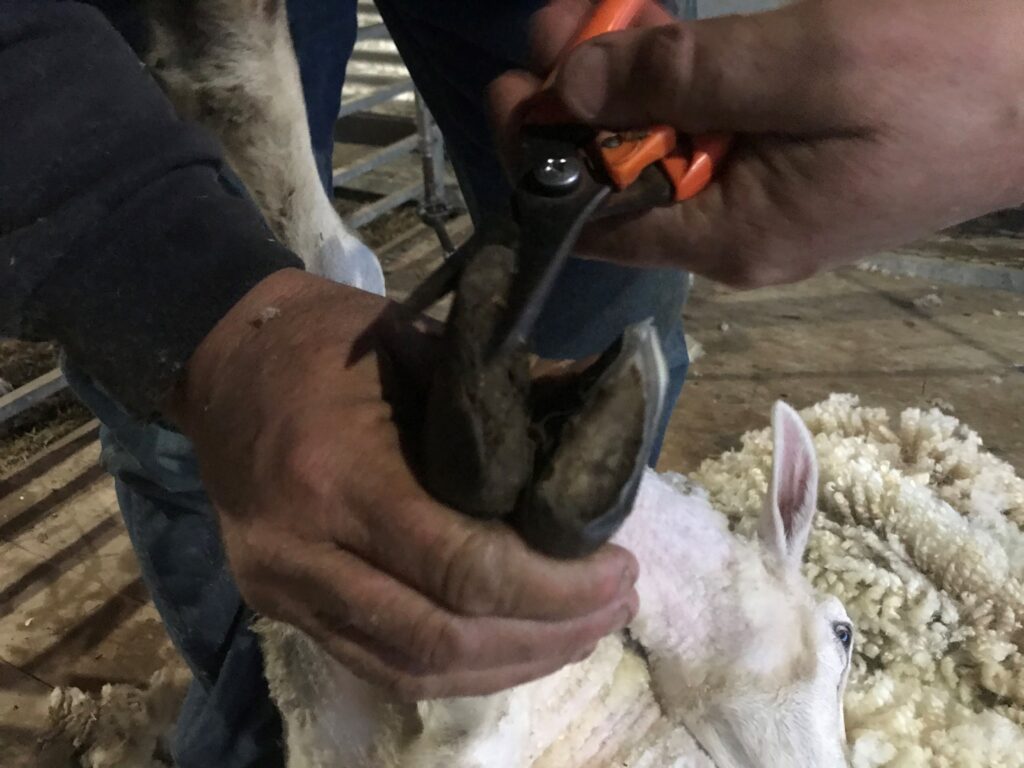
Health Risks of Improper Trimming and How to Mitigate Them
Improper goat hoof trimming poses significant health risks, from immediate pain to long-term lameness, amplified in Australia’s variable weather.
Cutting too deep into the sensitive laminae can cause bleeding and infection, potentially leading to abscesses that sideline goats for weeks. In a neglected case on my early farm, uneven trims caused pastern strain, mimicking arthritis and reducing mobility by 30 percent.
Over-trimming or neglecting balance distorts gait, inviting joint issues, while under-trimming traps debris, fostering footrot in wet seasons. WOAH stresses mitigation through gradual cuts and post-trim inspections to catch early signs.
To avoid these, use sharp tools, trim incrementally, and disinfect; practices I’ve instilled in trainees.
Monitor for limping post-trim; if persistent, consult a vet. Prevention via education and tools ensures safe care.
Addressing these risks ties into broader considerations like environment, influencing your choice.
Environmental and Nutritional Factors Influencing Hoof Health
Australia’s diverse environments profoundly affect goat hoof health, necessitating adaptive strategies beyond trimming.
In wetter coastal areas like NSW, muddy conditions soften hooves, accelerating growth and infection risks, where I’ve seen foot scald rise 25 percent during monsoons. Dry inland regions promote cracking if nutrition lacks moisture-retaining elements.
Nutrition is pivotal; zinc-deficient diets, common in selenium-poor soils of WA, weaken hooves, leading to flaking and susceptibility to rot. I’ve supplemented with goat-specific minerals to balance this, improving hoof strength in intensive systems versus free-range where natural foraging aids.
WOAH recommends dry bedding and rotational grazing to mitigate moisture, practices that reduced my herd’s issues by half.
Compare free-range, where terrain wears hooves naturally, to intensive setups needing frequent trims and fortified feed for resilience.
These factors inform the DIY vs. professional debate, guiding sustainable choices.
Scenarios from Australian Farms
On a small 20-head hobby farm in Tasmania I consulted, the owner embraced DIY after my workshop, using basic shears for quarterly trims at minimal cost, avoiding overgrowth in rainy conditions and saving AUD 500 yearly versus pro fees. However, initial errors like uneven cuts caused temporary lameness, mitigated by follow-up nutrition tweaks.
Contrast this with a 150-head commercial Boer operation in Queensland, where professionals trimmed biannually for AUD 3,000, detecting rot early amid monsoons. Records tracked improvements.
In free-range vs. intensive comparisons, the former relied on natural wear with occasional DIY, while the latter needed pros for precision.
Wrapping Up
Deciding between DIY and professional goat hoof trimming in Australia boils down to your operation’s scale, resources, and expertise, but both demand commitment to prevent health setbacks.
From my extensive fieldwork, DIY suits smallholders building skills affordably, while professionals excel in efficiency for larger herds.
Start small, learn continuously, and prioritize welfare. Your herd’s vitality depends on it.
FAQ: Goat Hoof Trimming in Australia
How often should I trim my goats’ hooves in Australia?
In Australia, hoof trimming frequency varies by region and system, but aim for every 6-8 weeks in wetter areas like the east coast to prevent overgrowth and infections. In drier inland spots, quarterly may suffice due to natural wear, but inspect monthly for signs like curling toes. Factors like diet and terrain influence this; always adjust based on your herd’s needs to avoid lameness.
What are the signs of hoof problems in goats?
Common signs include limping, reluctance to walk, foul odors from rot, or redness between toes indicating scald. Overgrown walls or separation from the sole signal neglect, potentially leading to infections. Early detection through regular checks prevents escalation; consult a vet if swelling or pus appears for timely intervention.
Can I use household tools for DIY goat hoof trimming?
While possible, avoid household items like kitchen scissors, as they risk jagged cuts and injury, per best practices from extension services. Opt for specialized shears (AUD 30-80) for clean trims. In Australia, sources like rural suppliers ensure tools suit our conditions, reducing infection risks and ensuring safe, effective care.
How much does professional hoof trimming cost in Australia?
Professional services typically charge AUD 10-20 per goat plus travel (AUD 0.50-1/km), totaling AUD 200-500 for small herds, based on regional quotes. Larger operations get discounts, making it cost-effective for 50+ goats. Factor in expertise for complex issues. Always compare quotes for value.
Related:

